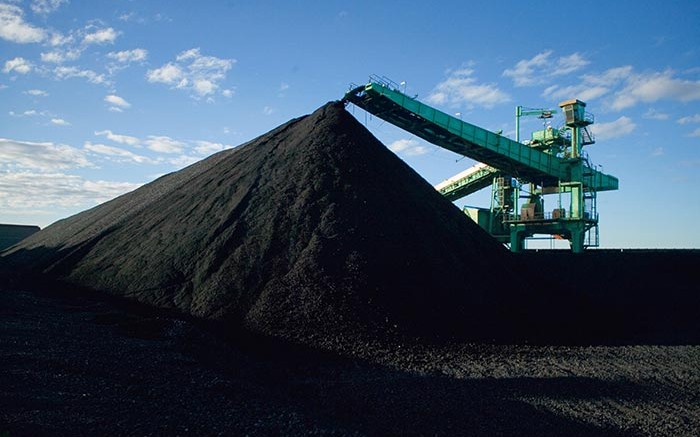U.S. President Barack Obama has unveiled his administration’s sweeping plan to curb carbon emissions from U.S. power plants, and the news has domestic coal miners and coal-consuming states squirming.
Called the “Clean Power Plan,” Obama’s proposal is to cut carbon emissions from U.S. power stations by 32% from 2005 levels by 2030, and ramp up power production from wind, solar and other renewable energy sources. This latest plan seeks deeper cuts than his previous one, and puts more emphasis on renewable energy versus natural gas-fuelled power plants to pick up the slack.
The plan would have the federal government set carbon-emission reduction targets for power plants and require states to devise and implement their own plans to meet these targets. The states would have to submit their plans to the federal Environmental Protection Agency by next September, and have them up and running by 2022. (In many ways this Clean Power Plan is a direct result of earlier federal-court backing of the Obama administration’s assertion that it can use the 1970 Clean Air Act to regulate carbon and other so-called “greenhouse gas” emissions.)
“I’m convinced no challenge provides a greater threat to the future of the planet,” Obama said of anthropogenic carbon emissions as he unveiled the plan. “There is such a thing as being too late.”
He further described the plan as “the biggest, most important step we have ever taken to combat climate change.”
Hillary Clinton, the leading potential successor to Obama on the Democratic side of the aisle in American politics, said she would continue to implement the plan if elected to the presidency next year.
The leading Republican presidential candidate, Donald Trump, tweeted in early 2014: “This very expensive GLOBAL WARMING bullshit has got to stop. Our planet is freezing, record low temps, and our GW scientists are stuck in ice” (in reference to U.S. scientists in a research ship trapped off the coast of Antarctica). More recently he tweeted: “Any and all weather events are used by the GLOBAL WARMING HOAXSTERS to justify higher taxes to save our planet! They don’t believe it $$$$!” and said the kind of warming we should be much more worried about is the heat released by Iran using nuclear weapons.
Power plants fired by thermal coal are the source of more than a third of U.S. electricity supply, and so the Clean Power Plan has been quickly dubbed by its opponents a “war on coal” that will kill jobs in coal-mining states such as Wyoming, West Virginia and Kentucky, and unnecessarily raise electricity rates across the country.
Indeed, some governors of coal-dependent states have already said they would ignore the plan, and support and opposition to the plan mostly falls along partisan lines.
Particularly hard-hit would be the following states that heavily depend on coal-fired power plants: West Virginia, with 95% of power from coal; Kentucky, 93%; Wyoming, 88%; Indiana, 84%; Missouri, 83%; Utah, 81%; North Dakota, 78%; Nebraska, 72%; Ohio, 69%; and New Mexico, 67%. Perhaps not coincidentally, of the above list, all have Republican governors except for Democrat-held West Virginia and Kentucky.
Industry associations such as the World Coal Association make more nuanced arguments than the politicians, noting that high-efficiency, low-emission technologies and carbon capture, use and storage could dramatically reduce emissions from coal-fired power generation, while still meeting demand for coal. The association calculates that raising the average efficiency of the global coal fleet from the current 33% to 40% would save 2 gigatonnes of CO2 emissions — equivalent to India’s annual CO2 emissions, or running the Kyoto Protocol three times over.
The association holds up a positive example: last year’s launch of the world’s first coal-fired carbon-capture-storage project in Saskatchewan. SaskPower’s Boundary Dam project, received government support and captures 90% of the plant’s CO2, and will emit four times less CO2 than a traditional, similar-capacity natural gas facility.


Be the first to comment on "Editorial: US coal miners in crosshairs of Clean Power Plan"